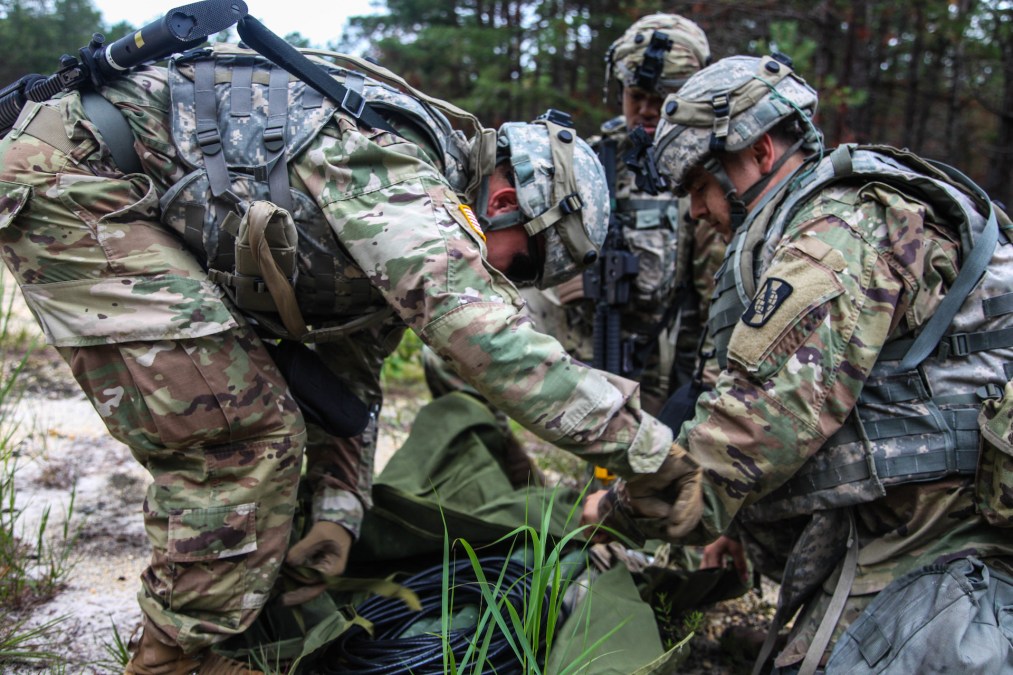DAVID GILBERT

YESTERDAY NIGHT, WHAT’S left of the Trust and Safety team at X (formerly Twitter) announced the measures it was taking to try and curb the virulent spread of disinformation around the Israel-Hamas war on its platform.
The statement, issued three days after the conflict began, reads: “As the events continue to unfold rapidly, a cross-company leadership group has assessed this moment as a crisis requiring the highest level of response.”
One person who does not appear to be part of this crisis team is X owner Elon Musk.
Instead of tackling the dangerous disinformation problem on his platform, Musk instead spent yeterday night into this morning continuing to spread disinformation about the conflict, conversing with a known QAnon promoter, boosting anti-Muslim conspiracy theories, and laughing at a video detailing how transphobic content on X can get you new followers.
Musk also promoted a new feature that allows X Premium subscribers to see only replies from other people willing to pay $8 a month, which Musk said would “help a lot with spam bots” on the platform—an issue Musk previously claimed he had already all but eradicated.
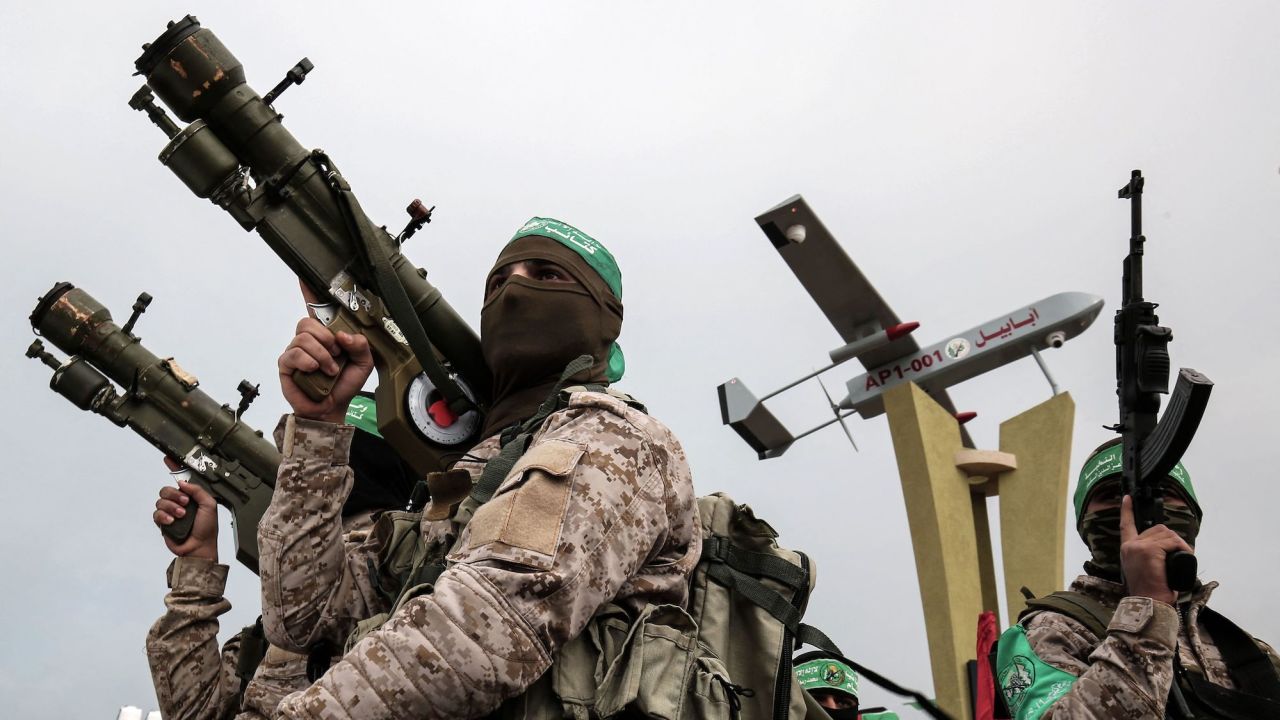

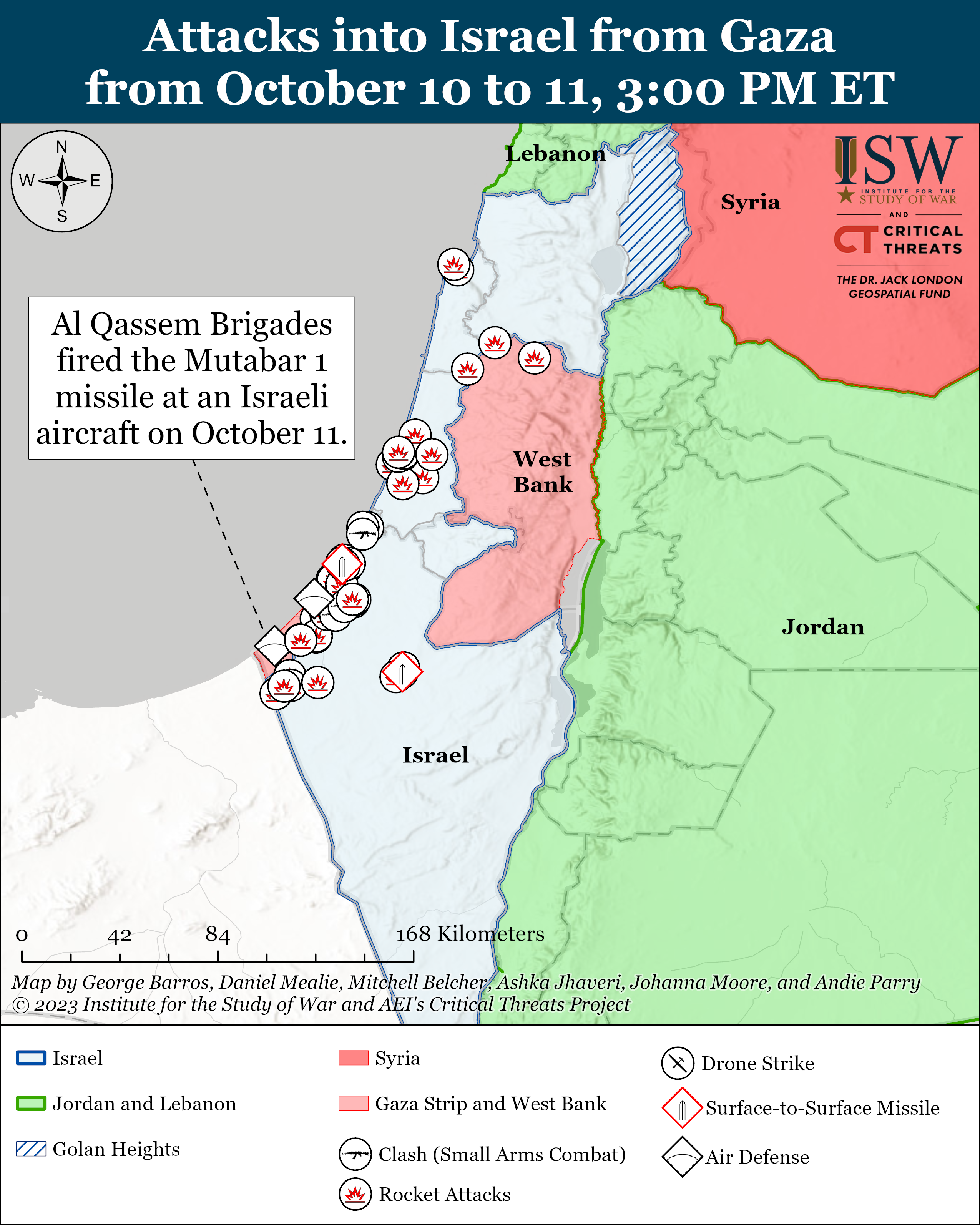
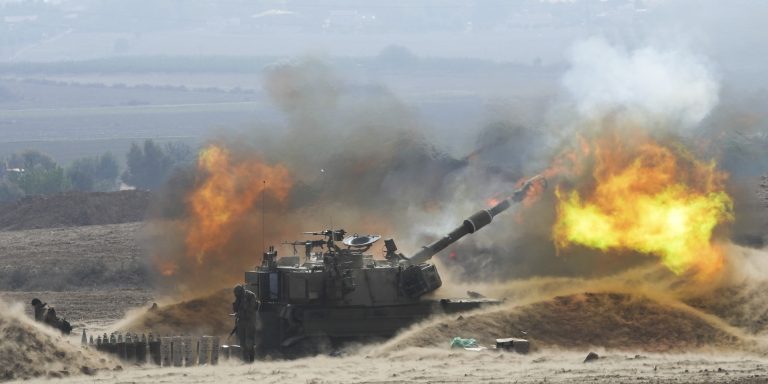
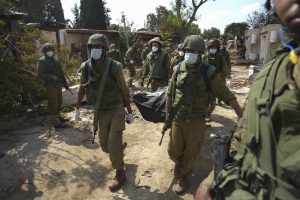




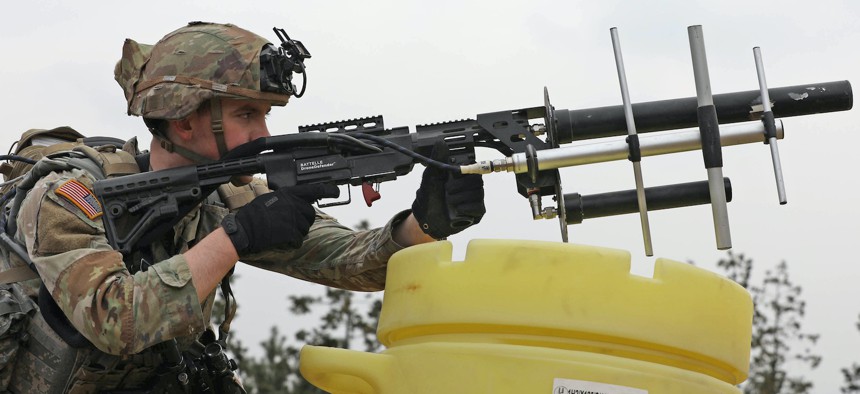


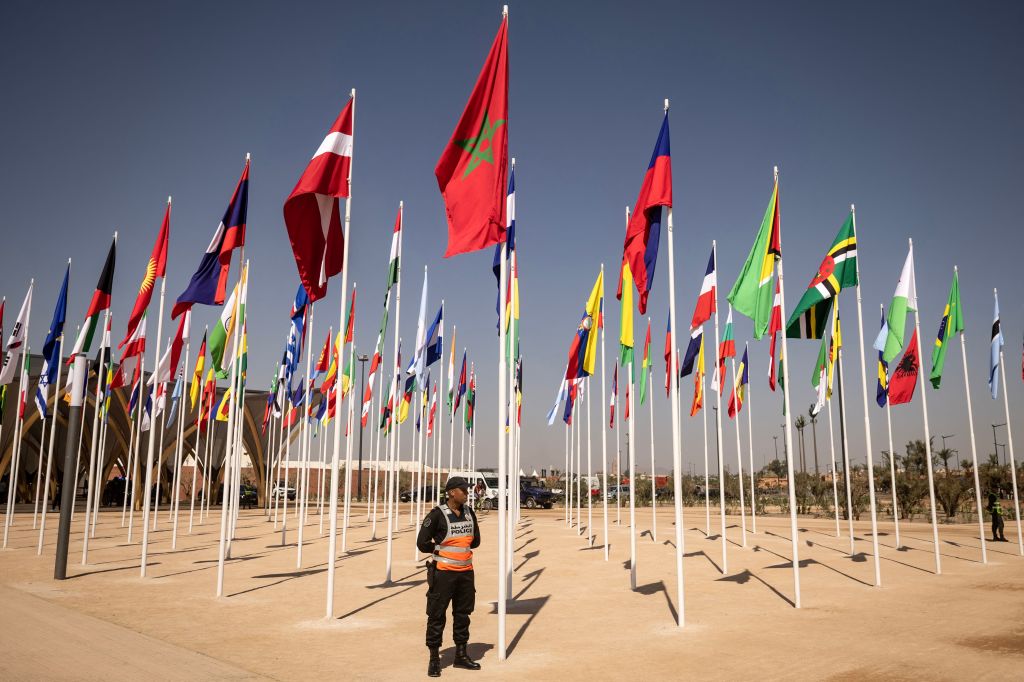
:quality(70)/cloudfront-us-east-1.images.arcpublishing.com/archetype/MUZ2IX2GFFBSBDJOSL2O3PCRTU.jpg)
